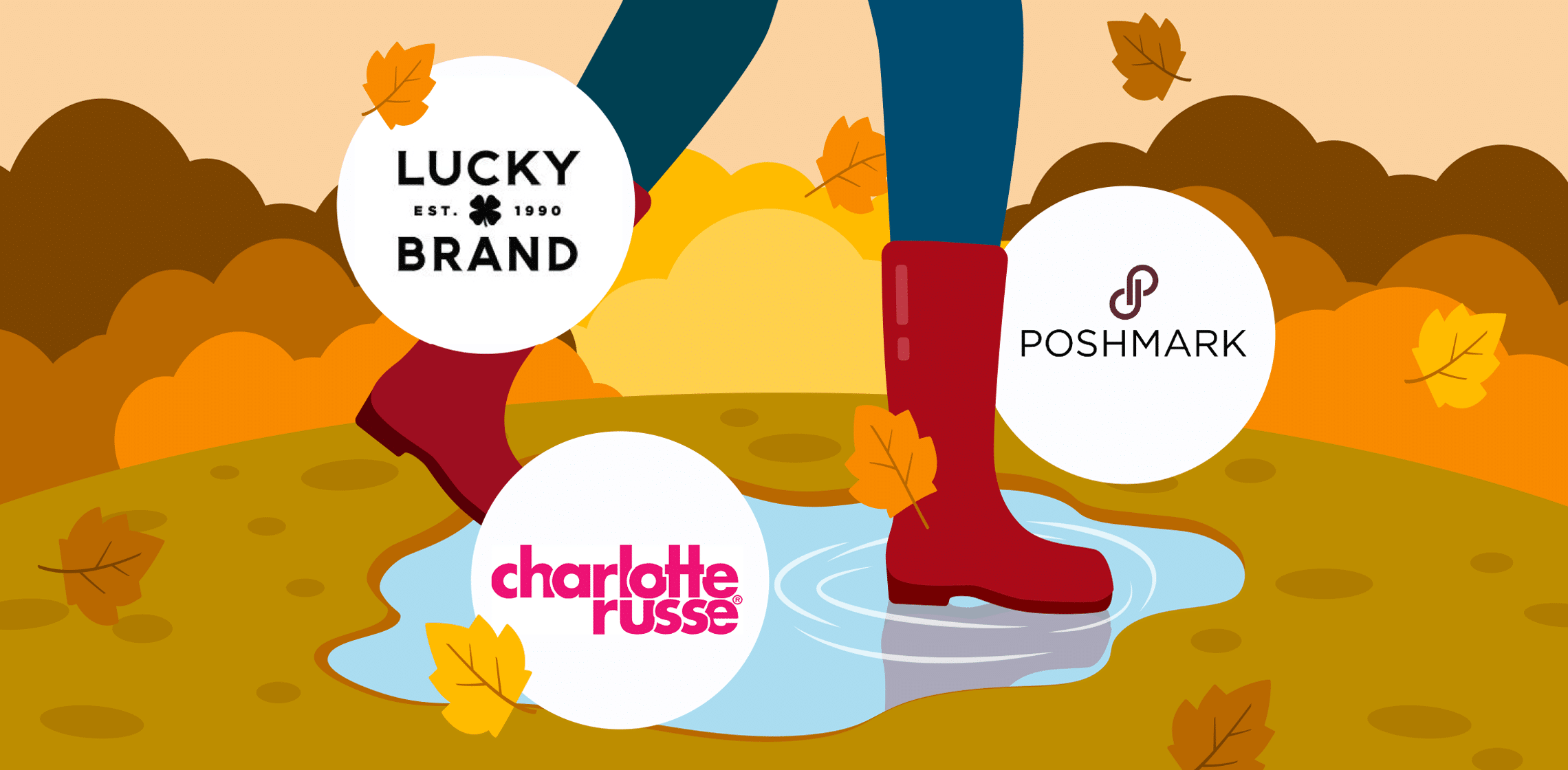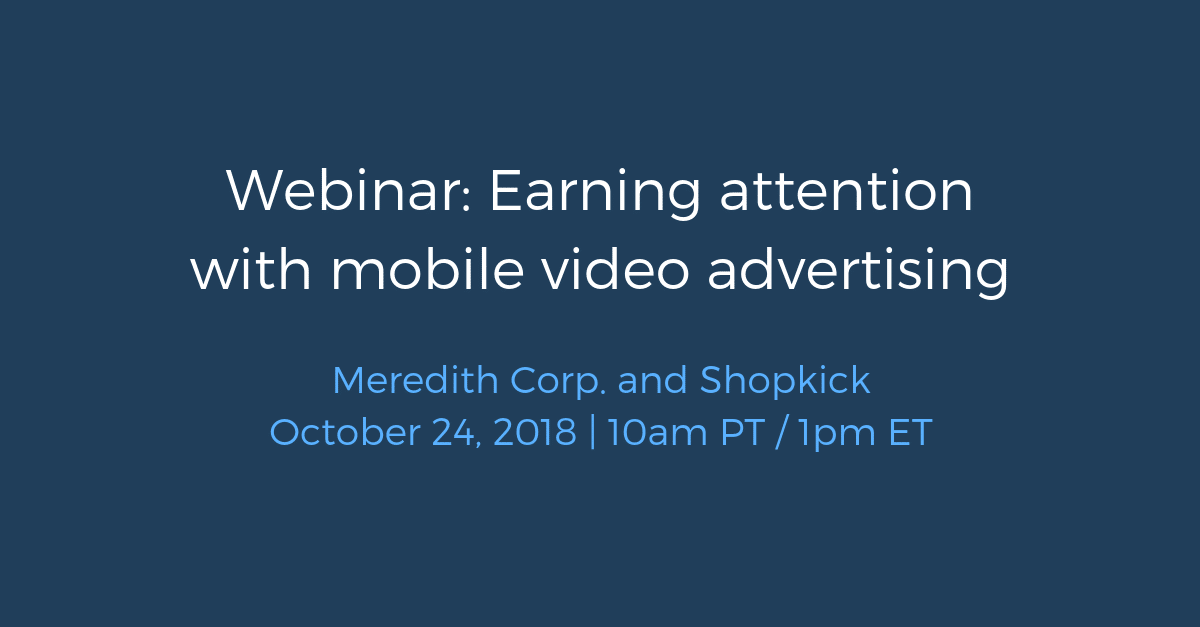6 effective year end marketing ideas that will catapult brand retention into the new year
However, this is also a time when brands are at risk of losing their loyal customers. The shift in buying behaviors creates opportunities for brands who want to pull market share from the competition. Most companies will recognize this opportunity to gain a competitive edge; meaning brands must carefully guard their existing market share even as they reach out to new audiences. Implementing engaging, year-end marketing ideas can help brands retain their existing customer base while also reaching new customers. One great way to connect with consumers during this time of year is to aim marketing efforts at the most popular New Year’s resolutions.
Year End Marketing Idea #1: Take a Health and Wellness Approach
Based on a survey of the top resolutions for last year, 37% of consumer’s set a goal to either eat better or get more exercise. This group is by far the biggest pool for brands to consider when it comes to marketing. Even brands that don’t offer items with a traditional health focus can instead target the tools consumers will use to measure their progress.
As of 2017, the global smart band market—which includes fitness and activity trackers–reached a volume of 43.6 million units shipped. Brands can take advantage of these popular wearable devices as a new medium for delivering marketing messages. Brands can partner with the developers who offer fitness tracking apps to provide sponsored content to users. They should consider adapting their messages to work around the use of these devices.
For example, a company that sells analgesic creams might target consumers who have muscle aches from their exercise regimen, while a beauty brand may focus on portable hygiene products that consumers can use in the locker room. The devices allow for in-the-moment-marketing, meaning that brands can connect with consumers as they’re near products. Marketing based on proximity improves the likelihood of sales exponentially. For these reasons, brands should consider looking into non-traditional marketing platforms like fitness trackers, for example, to connect with the pool of consumers looking after their health in the new year.
Year End Marketing Idea #2: Help Consumers Improve Their Finances
Consumers often focus on improving their finances at the close of the year, with this being the second most common New Year’s resolution for 2018. As they’re carefully tracking their spending, they may also look for ways to cash in on their savvy shopping habits. In this area, rewards programs and shopping apps can offer a significant benefit to brands.
Shopping apps work by incentivizing the consumer to interact with a brand’s products. Shopkick, as an example, rewards consumers with kicks when they scan the UPCs of specific items in the store. As the incentivization doesn’t require purchase, consumers are more likely to participate and engage with a brand or product. They can further increase their return by purchasing the product and scanning their receipt, which provides an additional incentive to buy if they’re on the fence.
Rewards programs like this offer a better return than simple discounts. Consumers often perceive the value of rewards points more highly than the actual face value, because they’re rewarded for making the purchase. Programs like these align with a consumer’s goals of improving finances, creating a foundation of trust. Brands that participate in these types of programs also gain the benefit of that increased trust, which can improve brand affinity. Through this strategy, brands can retain existing customers while also attracting new ones.
Year End Marketing Idea #3: Act as a Guide for Positive Changes
The third most common resolution amongst consumers is achieving better overall wellness. Wellness can include goals like getting more sleep, cutting back on drinking, or anything that combines health and peace of mind.
Brands should consider how their products promote wellness and then design a thought leadership campaign based on that. In this, written content can prove very fruitful. Brands should find the questions consumers ask about their personal wellness and find ways to answer them. Creating blog posts, infographics, videos and other media around that concept helps to guide consumers as they progress. This strategy leverages a type of value-added marketing that improves engagement with a brand and keeps customers loyal, and reinforces the consumer’s trust.
Content marketing can also guide consumers to a brand when they’re searching the web for information, as keyword-focused articles improve the brand’s visibility on search engines like Google. As most consumers typically stick to the search results they get on the first page, brands that can take those top spots will be in a strong position to reach them. This type of market strategy allows brands to expand their market share while also providing greater benefits to existing loyal consumers.
Year End Marketing Idea #4: Connect With Like-Minded Consumers via Social Media
Another significant resolution for potential consumers to make in the new year is to expand their social circle. In reaching this goal, many will turn to social media to connect with those who have similar interests. As more people join social media, brands should follow suit. By focusing on the sites that consumers use to connect with their social circles, brands can gain greater attention and improve the customer relationship. This strategy requires working with three different types of consumers on social media:
Micro-influencers:
Micro influencers may not be big-name celebrities, but they have a lot of clout in their own social circles. Brands should hold contests, encourage user-generated content, and offer rewards programs to attract these individuals. These relationships can be beneficial to brands as they don’t require a substantial initial investment, but the results pay ongoing dividends as the influencers share information about the brand with their friends, families, and co-workers.
Macro-influencers:
Macro-influencers often act as the middleman between brands and consumers. Again, these individuals may not have real-world celebrity status, but they usually have an impressive online fan base, with hundreds of thousands of followers. Typically, this following occurs on a few isolated platforms, so it’s good for seeking out niche markets. Often, macro-influencers will work with brands in the same way micro-influencers do, by participating in contests and providing content. In some cases, there may be an affiliate sales relationship that offers the influencer a financial incentive.
Mega-influencers:
While requirements vary, these individuals typically have at least 1 million followers across multiple platforms. They may have an existing celebrity status off the web, or they may be a well-known online personality. While these influencers have a lot of reach, they’re also costly to work with and typically do so under contract or through sponsorship deals. As such, brands should research those they intend on working with extensively to gain the best ROI.
Year End Marketing Idea #5: Target New Market Entrants With Personalization
Other goals that top the list of New Year’s resolutions are based around consumers learning new skills or seeking out different career options. Both of these goals involve making some significant life changes, which may put consumers in the market for items they’ve never purchased before.
Brands should evaluate ways to leverage this with their products. Consider a consumer who decides to take up hiking as part of their goal for the new year. While this individual will need the obvious gear, like boots, water bottles, and backpacks, they’ll also have an increased need for products like sunscreen, bug spray, baby wipes, and first-aid items.
Brands can use data from social media, third-party apps, and video platforms to discover prospects for products. They can leverage that data to craft personalized messages through advertising, email, and SMS messages to engage with these individuals. Personalization is a way to develop brand authenticity. Through it, brands create deeper connections with their existing fan base.
Personalization has a high impact on customer relationships, with 98% of marketers agreeing that these types of engagements help them move the customer through the path to purchase faster. As a result, it’s a strategy that lends itself to improving market share as well as retaining existing brand advocates.
Year End Marketing Idea #6: Using Location to Cater to the Resolution-Free
One of the most significant categories of those surveyed on their 2018 New Year’s resolutions was those who choose to go with no resolution at all. For some brands, this may create an opportunity to develop an anti-resolution campaign that focuses on fun, indulgence, and other “living in the moment” ideals.
Proximity marketing offers an opportunity in reaching these spontaneous consumers. Those in the food service industry who rely on drop-in visits, like QSRs, can use this to send messages to consumers about new offerings or events to celebrate the New Year. Consumers who still want to indulge represent a valuable market during this time of year, as restaurants lose the business of those changing their eating habits; focusing on more impulsive consumers helps make up for that loss. Brands can connect with these individuals as they’re traveling and may be more likely to drop in for a meal with location-based messaging.
This strategy can also work in the shopping aisle, for brands who want to highlight non-necessity products, like snack foods, cosmetics, and other items which are often the result of impulse buys. As the key to impulse buying is product placement, brands can use proximity- and location-based marketing options to guide consumers to these products in the store and increase the likelihood of purchase.



